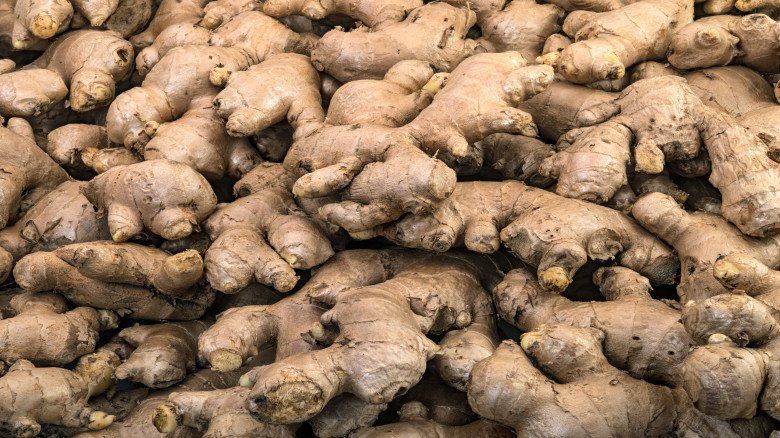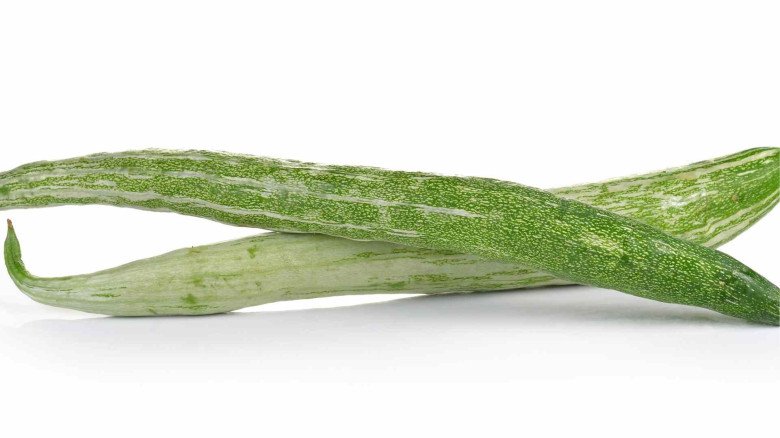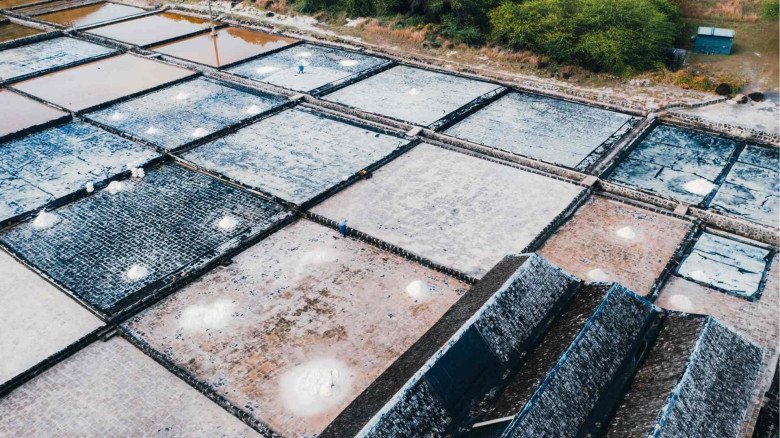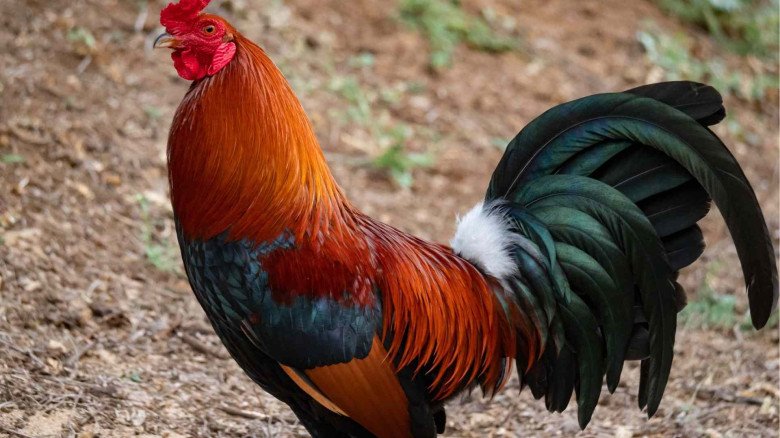Growing Amaranth | How to Successfully Cultivate Amaranth in Your Garden
What does amaranth mean? A broad term for all Amaranthus plants is "amaranth," which denotes a short-lived plant. Cooking ingredients for amaranth include the leaves, grain, and stem. Nearly every component of the amaranth plant can be eaten because it is such a versatile plant. Amaranth leaves are nutrient-dense. Because the plant can also be grown for aesthetic purposes, growing amaranth is enjoyable. Brightly colored, amaranth blossoms can grow straight or trail downward. The seed known as amaranth grain is produced by amaranth blooms. As amaranth greens, the leaves are used.
Amaranth comes in a wide variety of forms. While some of them are utilized for amaranth leaves, others are used for amaranth grain. Additionally, the colors of the leaves differ. Both a purple and a green version are available. The stunning ornamental plant amaranthus tricolor. For grains, the following are utilized.
Caudatus amaranthus
Citrus amarantum
Phytolactone amaranthus
Gratophilus retroflexus
Consider growing any of the following amaranth kinds if you wish to plant it for its leaves:
Citrus amaranthus
Tricolor amaranthus
Viridis amaranthus
Citrus amaranthus
Amaranthus bifolium
Amaranth benefits include being gluten-free, easy to grow, and a good source of protein.
Some tips for growing amaranth: The plant doesn't require a lot of manure. Average to rather rich soil can support amaranth plants. Add manure or fertilizer high in nitrogen to the soil to make it more fertile. Amaranth leaves require a sufficient amount of light. As it obtains more light, the color of the leaves brightens.
Planting Amaranth Seeds
Seeds are used to develop amaranth plants. Amaranth seeds are minuscule. It can be a little difficult to sow them. In the past, amaranth seeds were seeded by combining them with fine sand. The ground or the container where you intend to grow amaranth is then covered with a layer of mixed sand. Since they are so resilient, amaranth plants can grow in a variety of soil types. They don't require much attention.
Gathering Amaranth
Leafy parsley: There are two steps involved in gathering parsley. The harvest might begin as soon as three weeks after seeding if you are growing amaranth for its leaves. Tastier and creamier are the tender leaves. If the plants are allowed to mature, they will become 7-8 feet tall amaranth plants. Plants that grow amaranth produce a thick stalk that is also eaten.
Grain amaranth
After the amaranth plant flowers, seeds known as grains are produced. It requires more time to gather amaranth seeds than leaves. When amaranth grains are ready to be harvested, the stalks of amaranth flowers begin to dry. The grains of amaranth slip out as you gently rub the bloom. The flowers can now be chopped and allowed to dry. To obtain the seeds to separate from the chaff, flowers can be winnowed or beaten within a bag to liberate all of the grains.
Cultivation amaranth in your yard should be simple now that you know how to grow it for its leaves and seeds.
-logo.webp.png)
.jpg)
-logo.webp.png)


































Leave A Comment